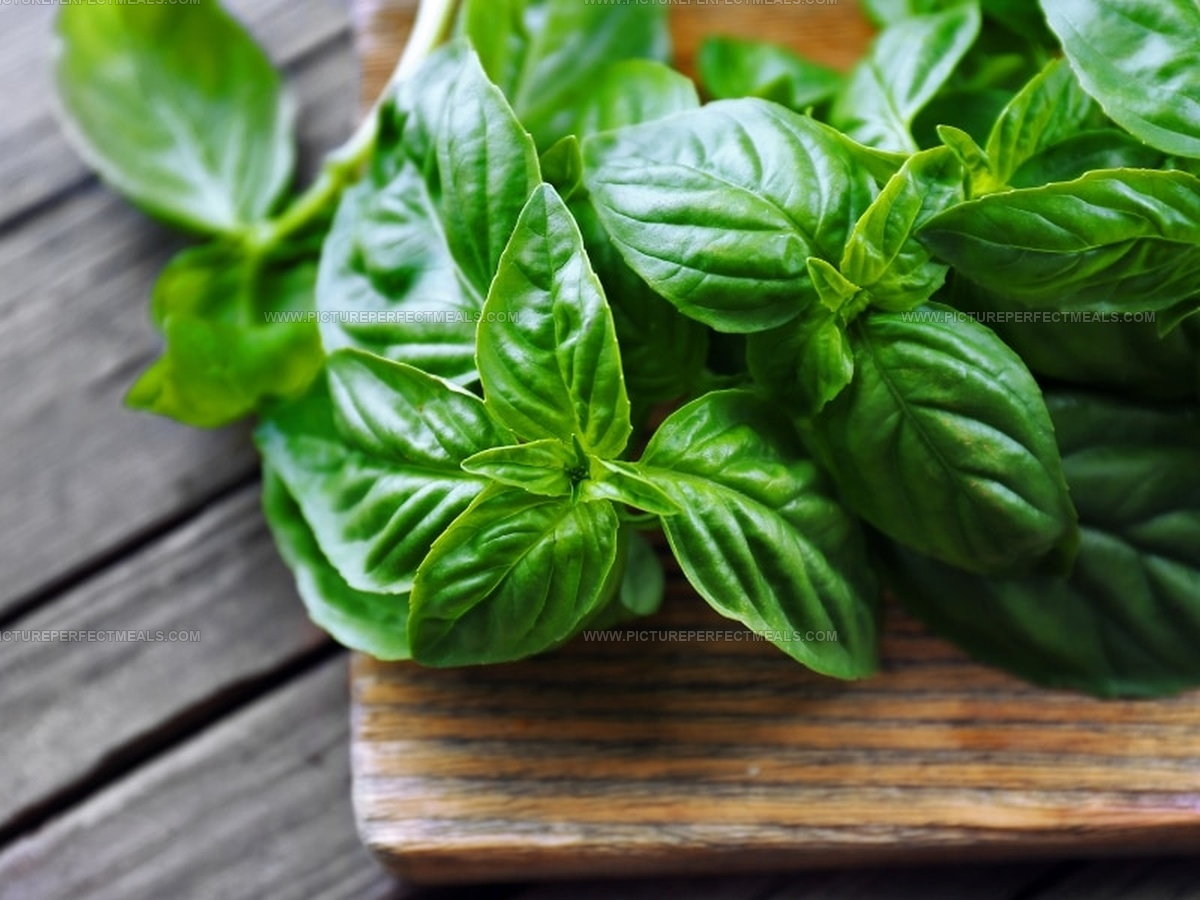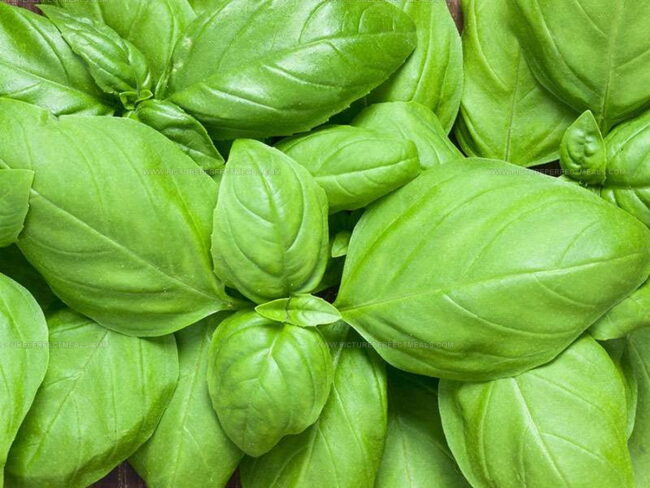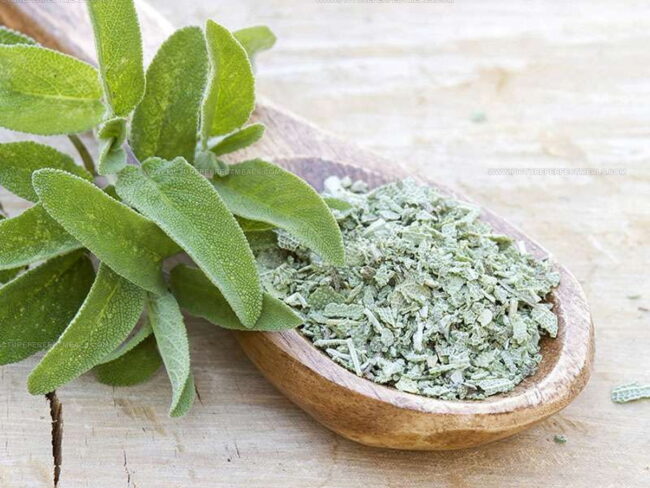10 Fresh Alternatives to Basil When Your Garden Runs Dry
Basil is a fragrant herb fundamental to Mediterranean and Southeast Asian cooking, lending sweet and peppery notes.
When basil isn’t on hand, alternatives like oregano, thyme, or mint can complement your recipes in interesting ways.
Each substitute has distinct flavor traits that may shift the dish’s profile slightly but still maintain harmony.
This list of ten basil substitutes offers options for fresh and cooked applications.
Adjusting quantities and combinations can replicate basil’s unique aroma.
Knowing how to use these alternatives expands your herb toolkit and cooking creativity.
Keep your dishes flavorful when basil isn’t available.
Basil Flavor & Texture to Mimic
Basil is prized for its bright, sweet, and slightly peppery flavor with hints of anise and clove. Its aroma is fresh and vibrant, bringing a lively note to dishes, especially in Mediterranean cuisine.
The texture of fresh basil leaves is tender yet sturdy enough to hold up in cooking and garnishing, adding a subtle leafy freshness.
When choosing a substitute, it’s important to replicate not only the flavor’s herbal brightness and mild spice but also the delicate texture that complements both raw and cooked dishes.
Best Options to Replace Basil
Basil alternatives provide fresh, sweet, and slightly peppery flavor to sauces, salads, and pizzas with diverse herbs suitable as swaps. Many options bring unique aromas. Explore the best basil replacements for cooking.
Italian Seasoning
Dried basil substitutes can save your recipe when this herb is missing from your spice rack, with Italian seasoning standing out as the top replacement since most blends already include basil among their ingredients.
These Italian spice blends typically combine basil with thyme, oregano, rosemary, pepper, and parsley, creating a similar flavor profile for your dishes.
The concentrated nature of dried Italian spices means you should use them carefully to avoid overwhelming your food with too much flavor.
Recipes that already contain rosemary or thyme need special attention when making this swap, as you'll need to reduce the amount of Italian seasoning to maintain balance.
Other alternatives like dried oregano or thyme can work in a pinch, though they'll impart slightly different but complementary Mediterranean notes to your cooking.
Rosemary
Dried rosemary is an excellent basil substitute, offering needle-like leaves that pack plenty of warm, peppery flavors despite not perfectly matching basil's savory sweetness.
Many people find this herb particularly useful in Italian sauces and marinara, where its distinctive profile creates depth without overwhelming other ingredients.
The somewhat smoky and savory qualities make rosemary especially delicious when paired with buttery potatoes or roasted meats.
Substitution ratios matter when using this powerful herb - start with half the amount of rosemary compared to the basil called for in your recipe.
This aromatic alternative grows easily in home gardens and stays flavorful even after drying, making it a convenient pantry staple year-round.
Sage
Swapping sage for basil in recipes can be surprisingly effective since these mint family herbs share subtle flavor profiles despite their differences.
Sage brings more savory, earthy notes with hints of lemon compared to basil's sweeter character, making it particularly good in hearty dishes.
You appreciate how both herbs maintain their distinct flavors even when dried or used in rich sauces, unlike more delicate seasonings that might disappear during cooking.
The robust quality of sage works wonderfully in pasta dishes, stews, and with poultry when basil isn't available.
For best results when substituting, you might start with slightly less sage than the recipe calls for basil since sage can sometimes present a stronger flavor impact.
Thyme
Thyme stands out as a powerful herb that adds robust flavor to heavy sauces and marinara dishes, though substituting it requires careful consideration.
Many cooks don't realize that unlike other dried spices that work in a 1:1 ratio, thyme demands more restraint- typically half the amount you'd use of fresh basil, even in hearty sauces.
The distinctive fragrant, earthy character of thyme, complemented by subtle hints of mint and lemon, can easily dominate a recipe if overused.
For best results when cooking with this potent herb, regular tasting throughout the preparation process helps prevent thyme from overwhelming your entire dish.
Proper measurement and careful addition make thyme a wonderful enhancement rather than an overpowering element in your culinary creations.
Mint
Swapping basil for mint offers a refreshing alternative since both belong to the same plant family, though mint provides a simpler flavor profile than basil's complex notes.
Fresh mint tends to dominate dishes with its intense coolness, so a careful approach works best when making this substitution.
Most chefs recommend using only one-fourth the amount of mint compared to what the recipe calls for with basil.
The key to success lies in gradual addition and frequent tasting throughout your cooking process.
Adding more mint remains easy if needed, but removing its powerful essence becomes nearly impossible once it overwhelms the other ingredients in your dish.
Oregano
Oregano stands as an excellent substitute for basil with its bold peppery flavor, though it lacks some of basil's sweetness.
Many chefs appreciate its ability to enhance raw dishes like salads and Mediterranean cuisine, adding fresh, earthy notes with hints of lemon.
Just remember that oregano can easily dominate other ingredients in your recipe, so start with only a quarter of the amount you'd use for basil.
After tasting, you can always add more if the dish needs extra punch.
The key difference lies in oregano's less sweet profile, but its robust character makes it perfect when you need a substitute that delivers strong herbal impact.
Parsley
Parsley stands out as an excellent basil substitute due to its similar mild flavor that balances sweet and savory notes perfectly.
My herb garden produces this versatile green abundantly, though most supermarkets also stock it at reasonable prices.
Fresh parsley works so well in place of basil that many cooks use it to make delicious pesto without missing the original herb.
The subtle taste profile makes parsley an ideal choice when stronger herbs might overwhelm your carefully prepared dishes.
Most recipes requiring basil will turn out wonderfully with parsley instead, maintaining the intended flavor balance while adding its own gentle character to your cooking.
Spinach
Spinach stands as an excellent substitute for fresh basil with its remarkably similar shape and texture, though the flavor profile shifts slightly.
The mild sweetness of raw spinach lacks basil's distinctive earthy, peppery notes but still complements many dishes beautifully.
Many people prefer this leafy green in garden salads where its tender texture and subtle flavor create a pleasant eating experience.
A Caprese salad made with spinach instead of basil still delivers a refreshing taste, even if it misses some of the aromatic complexity.
The versatility of spinach makes it perfect for those times when basil isn't available or when you simply want a gentler flavor in your favorite recipes.
Tarragon
Tarragon stands out as an excellent basil substitute with its delicate licorice flavor and subtle hints of citrus and pepper.
This versatile herb beautifully balances sweet and savory notes, making it perfect for dishes that need that distinctive herbal touch.
In recipes calling for fresh basil, you might need to add a bit more tarragon since its flavor profile is somewhat milder.
Raw salads and homemade dressings particularly benefit from tarragon's light touch that enhances without dominating other ingredients.
You appreciate how easily this herb can step in when basil isn't available, maintaining the intended flavor direction while adding its own special character to the dish.
Arugula
Substituting fresh arugula for basil in uncooked dishes and salads works well due to its similar texture and earthy, peppery qualities.
Some people find raw arugula too bitter compared to basil's sweeter, more refreshing profile, making it less ideal as a complete replacement.
For better results, try mixing arugula with spinach to create a balanced flavor that captures basil's sweet earthiness without having the actual herb.
This combination delivers a more authentic taste experience in your recipes than using arugula alone.
Many people regularly make this switch when basil isn't available or when they want to add different flavor notes to familiar dishes.
How to Choose the Right Substitute for Basil
Selecting the best basil substitute depends on the dish and the role basil plays in it.
For fresh uses like salads or garnishes, look for herbs with similar bright and sweet profiles, preferably with a soft texture. In cooked dishes such as sauces or stews, heartier herbs with comparable aromatic qualities work well, as cooking mellows their flavor similarly to basil.
Also, consider the regional or flavor profile of the dish; choosing an herb that complements other ingredients helps maintain balance. Freshness and availability also matter, so dried herbs or blends might be suitable in some cases but less ideal in others.




Jenna Hartley
Founder & Recipe Creator
Expertise
Education
Box Hill Institute, Melbourne
William Angliss Institute, Melbourne
Jenna is the heart of Picture Perfect Meals, turning simple ingredients into beautiful, easy‑to‑make dishes.
Growing up around family meals in Melbourne, she trained at Box Hill Institute and then perfected her pastry skills at William Angliss Institute. She loves mixing classic Australian flavors with fresh ideas to keep cooking fun and stress‑free.